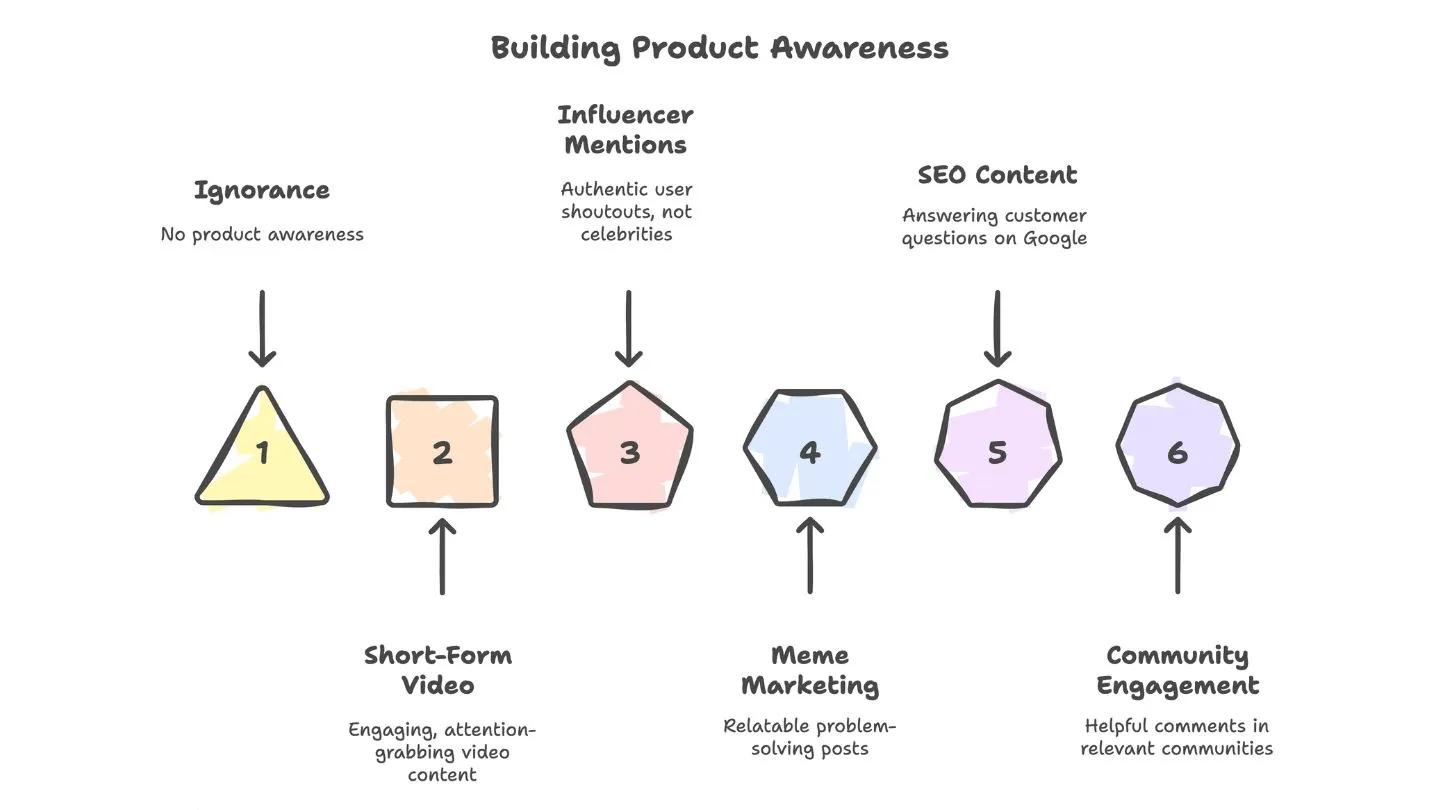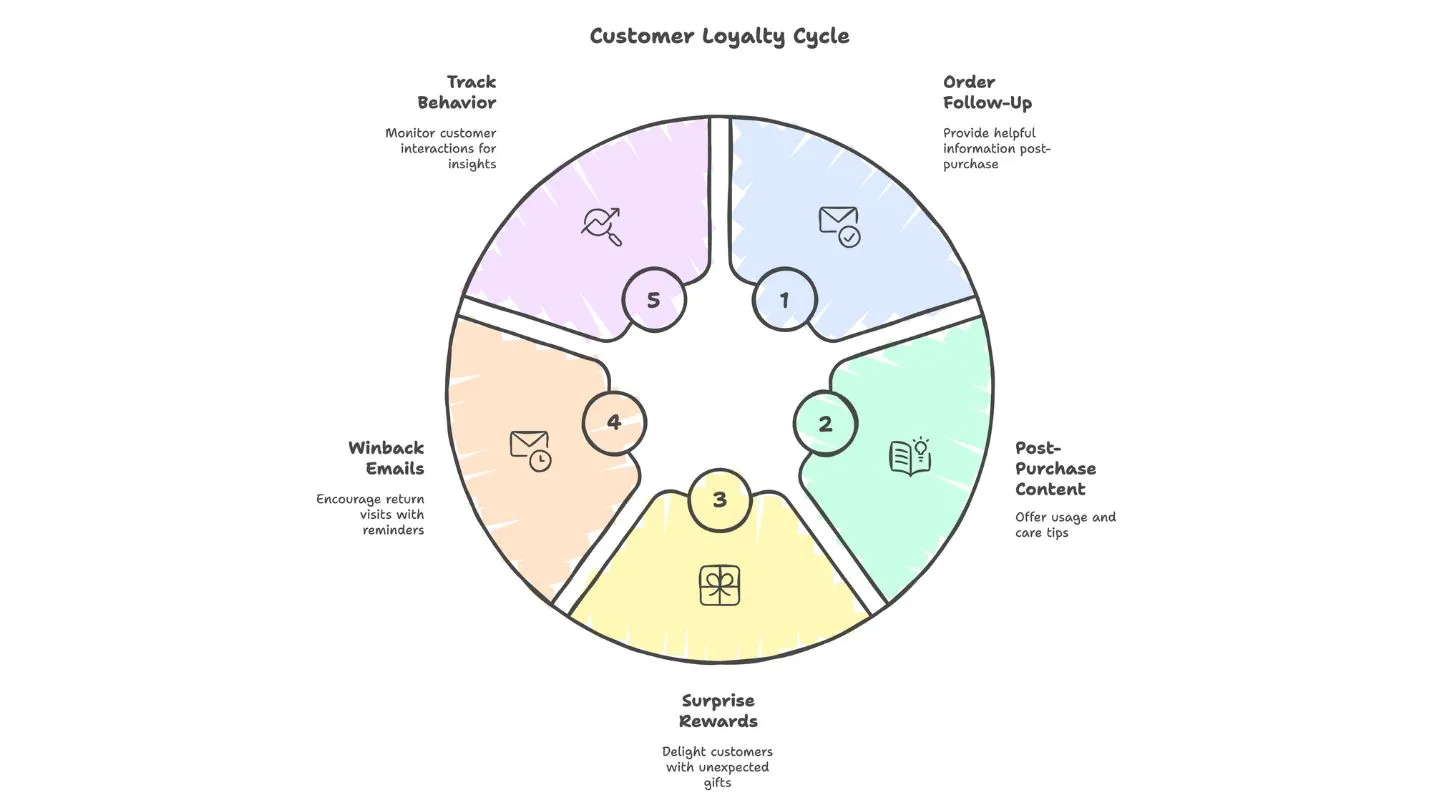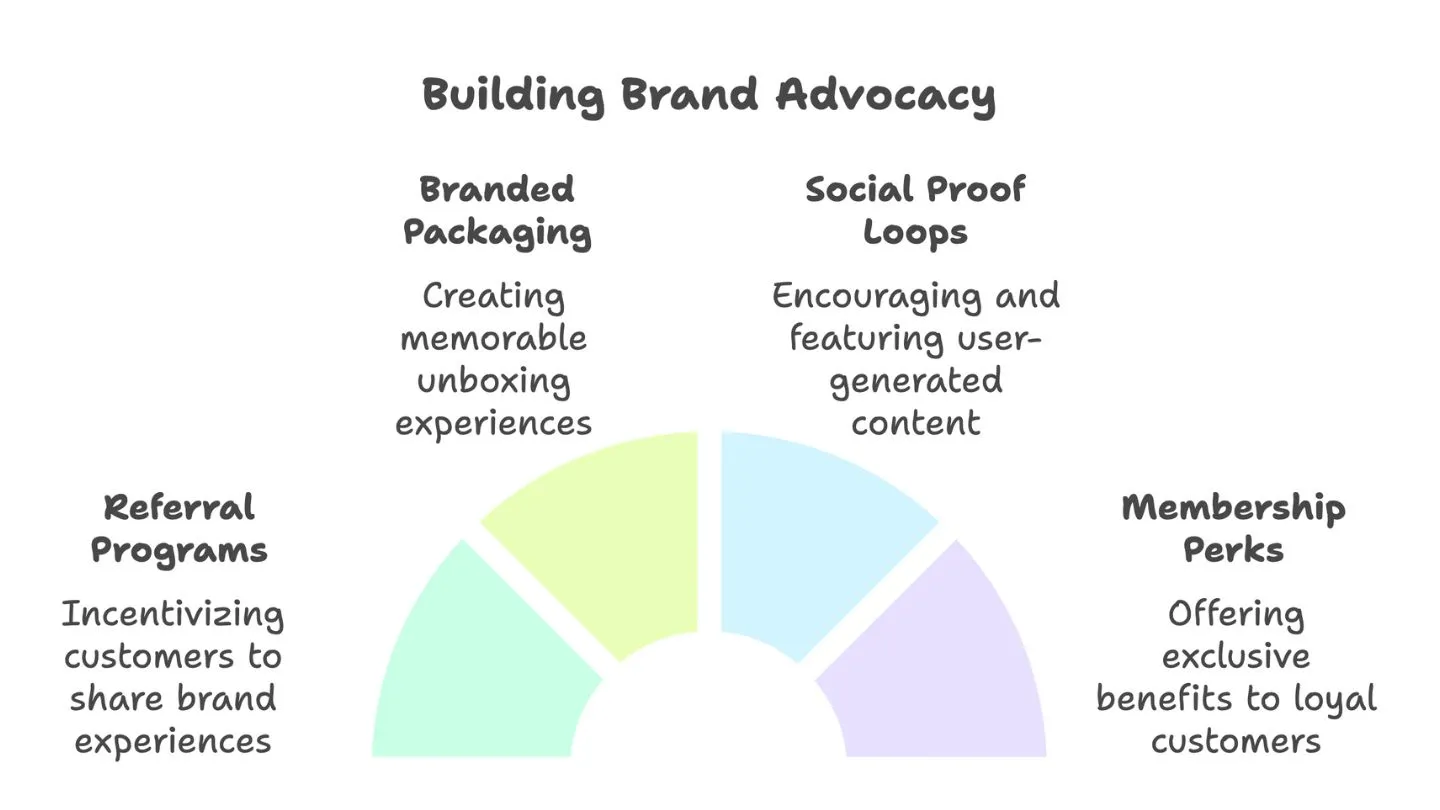Building a D2C (Direct-to-Consumer) brand is exciting, but getting your first 1000 paying customers? That’s where things start to feel real. And hard. Especially if you’re not sure how to guide people from seeing your product to actually buying it.
That’s why building a well-thought-out marketing funnel matters. It’s not about stuffing customers into ads and hoping something sticks. It’s about creating small nudges, step by step, that move someone from “This looks interesting” to “I need this right now.”
This guide walks you through every stage of a D2C funnel, from awareness to repeat purchase, with practical, budget-conscious, and beginner-friendly advice.
Let’s get into it.
Imagine meeting someone at a party. You don’t immediately ask them to marry you. First, you make eye contact. Then a smile. A short conversation. Maybe a coffee later. A funnel works the same way.
It’s a series of interactions designed to build trust and nudge a visitor toward a purchase, and then another one.
In the D2C world, your funnel generally looks like this:
Each stage has its own small battle. Let’s break it down.
Your product could change someone’s life, but only if they know it exists. The first job of the funnel is simple: get noticed.

The mistake most brands make: They throw money at performance ads without ever earning attention or trust. Focus on being interesting before trying to be persuasive.
Now they know you. But they’re not sold yet. They’re exploring, comparing, and thinking. This is your chance to reduce friction and build trust.

This is where tools like CustomFit.ai can help by letting you personalize product pages based on who’s visiting. First-time visitor? Show social proof. Returning visitor? Highlight the cart or last viewed product.
You’ve earned their curiosity. Don’t drop the ball now.
The biggest reason people abandon carts? Not confusion. Not price. It’s friction. Small hiccups in the process, slow load times, unclear pricing, and too many form fields.

Also: test everything. The colour of your CTA. The placement of your reviews. The product description length.
CustomFit.ai lets you run A/B tests without writing code. Want to know if “Shop Now” performs better than “Get Yours”? You can test it live and see.
Your existing customers are 10x more likely to buy again than a stranger. But most D2C brands ignore them after the first sale.

Also, track behavior: Did they click the post-purchase email? Did they visit again but not buy?
CustomFit.ai’s segmenting and personalization helps tailor that experience, like showing a special returning-user banner or reminding them what they previously added to cart.
If someone loves your brand, let them help you grow it.
People trust word of mouth more than anything else.

CustomFit.ai makes this testing and segmentation easier for non-coders. You don’t need a dev team to try a new CTA or show a different banner for new users.
If you have no budget or are just starting out, here’s a simple 3-step plan:
Once that’s working, move upstream (awareness) and downstream (loyalty).
Start simple: Awareness → Consideration → Conversion. Don’t complicate it with 15 tools and endless channels. Focus on making each stage frictionless.
Clear CTA, product benefits upfront, real images/videos, and social proof. Also, test small variations, like CTA text or layout, using a tool like CustomFit.ai.
Eventually, yes. Especially if your audience varies. A generic funnel won’t speak deeply to any one group. Start with one funnel, then personalize as you grow.
Start with Shopify (or your store platform), Google Analytics, an email tool (like Klaviyo), and a personalization/A-B testing tool like CustomFit.ai.
You can launch a basic funnel in a few days. But optimizing it takes weeks, sometimes months. The key is starting fast and iterating weekly.
A good funnel is like a conversation. It doesn’t shout. It listens. It adapts. It responds.
Most D2C brands struggle not because they lack good products, but because they don’t know how to guide someone through the experience. They shout at every visitor the same way.
But when you listen, track behavior, test new ideas, personalize the experience, you’ll start seeing what actually moves people to act.
And once you know that? Growth becomes less of a guessing game.
If you're building a funnel and want to optimize how people move through it, whether it's tweaking your product page or creating personalized CTAs, CustomFit.ai can help you test, personalize, and scale smarter. No dev team needed.
Let the experiments begin.